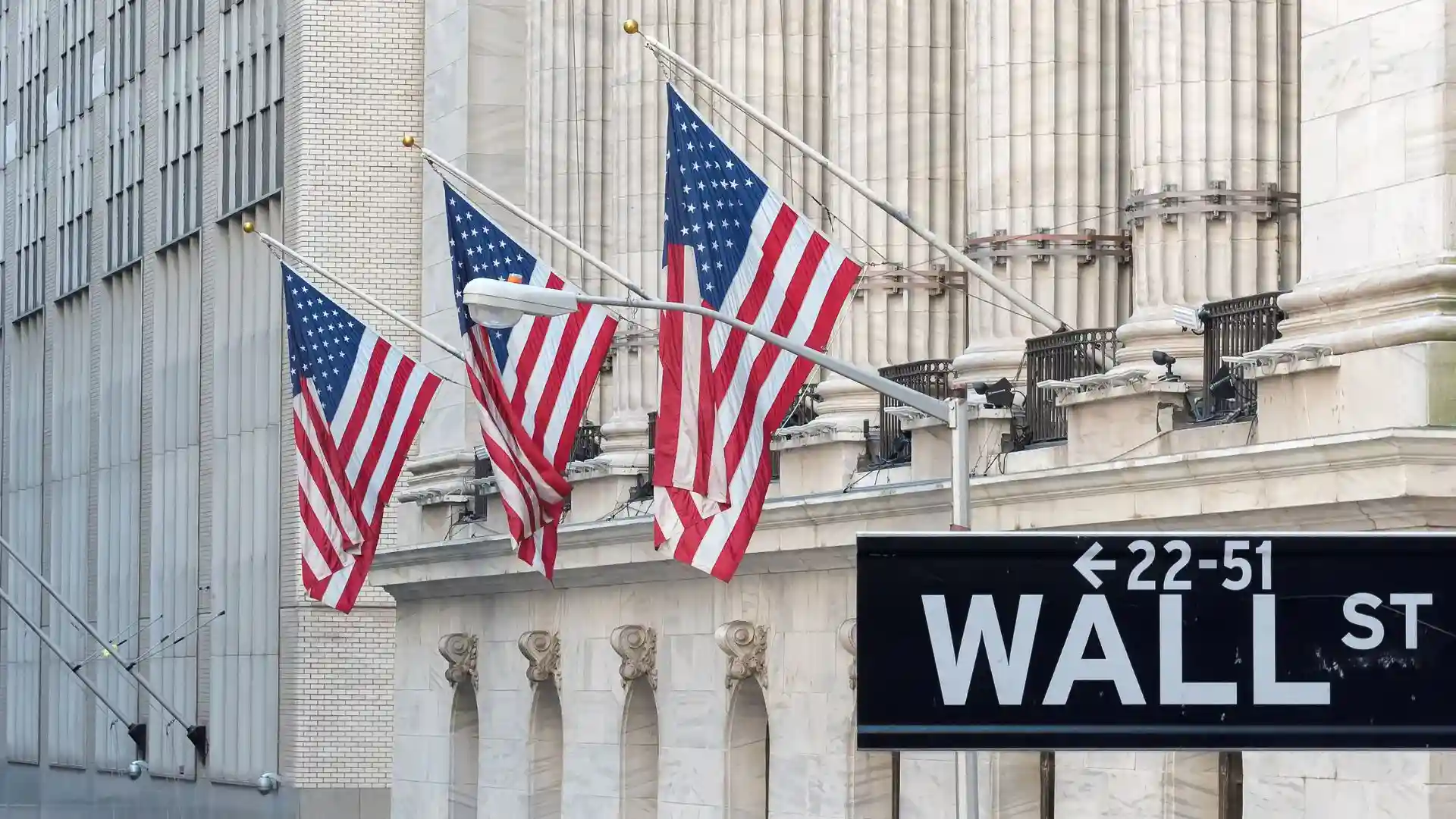Wall Street stumbled at the outset of September, with the Dow Jones Industrial Average plunging 626 points, or 1.5%, following a disheartening economic report. This latest data from the Institute for Supply Management revealed a fifth consecutive month of contraction in manufacturing, stoking fears that the Federal Reserve’s aggressive interest rate hikes have overextended their impact on the U.S. economy.
The broader market followed suit with the Nasdaq Composite slumping 3.3%, driven lower by a 9% drop in Nvidia’s stock. The AI chipmaker’s weakened outlook continued to unsettle investors, raising doubts about whether the hype surrounding artificial intelligence will ultimately benefit tech companies or hinder their financial performance. Nvidia, once buoyed by AI euphoria to a staggering $3 trillion valuation, now finds itself under scrutiny.
READ MORE: Harris’s Accent Compared To Looney Tunes’ Foghorn Leghorn Draws Criticism As Cringe and Fake
Wall Street’s anxiety was reflected in the VIX, the fear gauge, which spiked as market participants braced for a busy month ahead. Key events include Friday’s pivotal jobs report, next week’s inflation figures, and a highly anticipated Federal Reserve rate decision mid-month. “Recent softness, coupled with the recent substantial negative benchmark revisions subtracting more than 800k jobs in payrolls from April 2023 to March of this year, underscores downside risks for the economy,” noted Mark Hamrick, senior economic analyst at Bankrate.
The S&P 500 also closed about 2% lower, echoing the broader market retreat. September’s traditionally challenging performance for stocks adds to the concerns. The previous month had similarly begun with turmoil: the S&P 500 fell more than 3%, the Dow tumbled 1,000 points, and the Nasdaq Composite entered correction territory following a weaker-than-expected jobs report.
In terms of the labor market, the upcoming jobs report will be crucial. “A weak headline number coupled with a higher unemployment rate could push the Fed to roll out a jumbo, half-point rate cut to put the economy back on track,” Hamrick elaborated. Conversely, a softer number might result in a quarter-point hike. Either scenario could offer consumers and businesses some relief in the form of lower interest rates on loans and mortgages.
The oil market also faced pressure, with Brent crude slipping to $73.70 per barrel and U.S. benchmark West Texas Intermediate closing slightly above $70 per barrel. Concerns about weakening global demand and anticipated output increases by OPEC next month, despite ongoing disruptions in Libya, contributed to the drop.
As investors navigate through these economic uncertainties, all eyes will be on upcoming data and Federal Reserve decisions to provide clarity and direction for the market’s trajectory.
(Includes inputs from online sources)
ALSO READ: Ugandan Opposition Leader Bobi Wine Injured in Shooting Incident


















